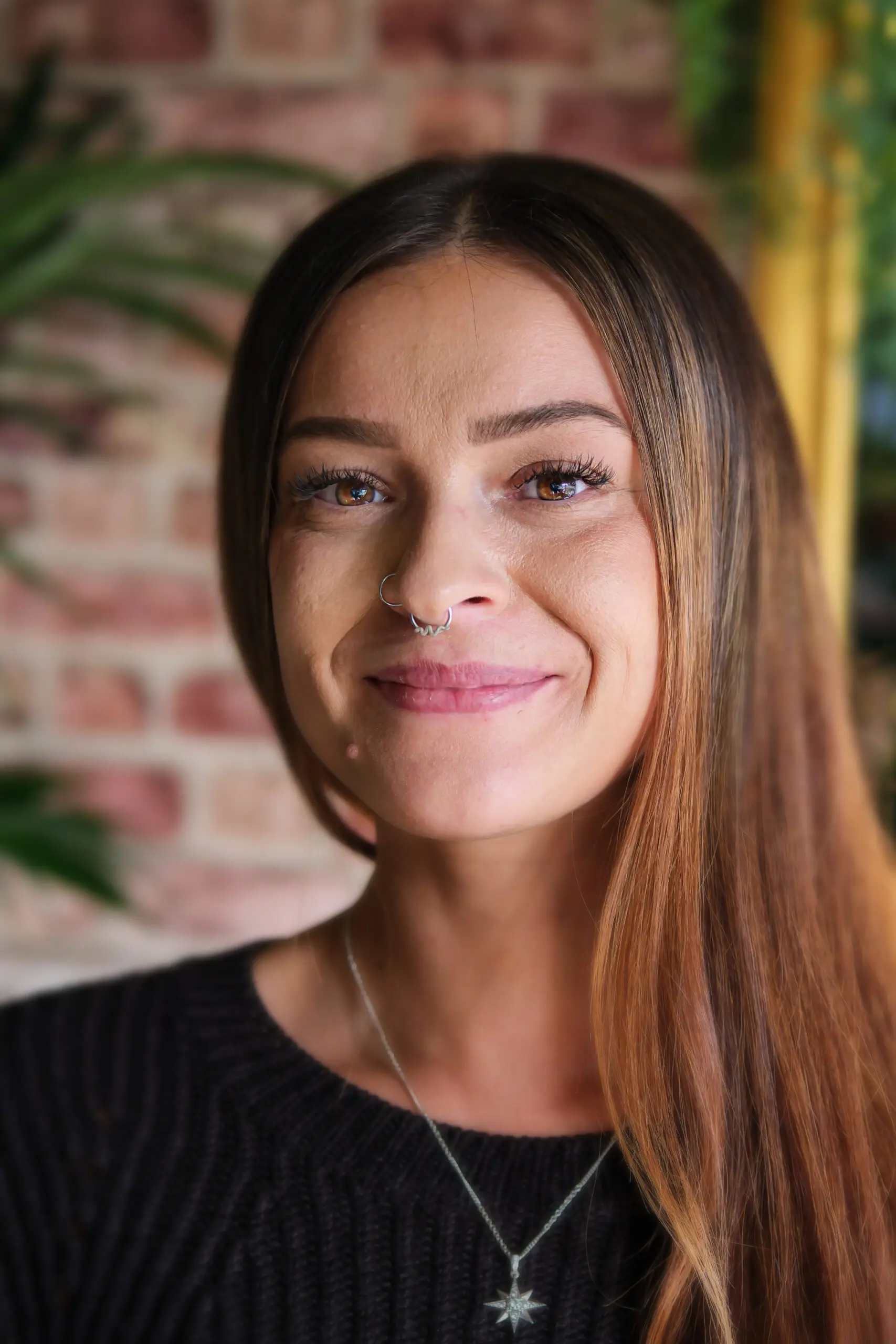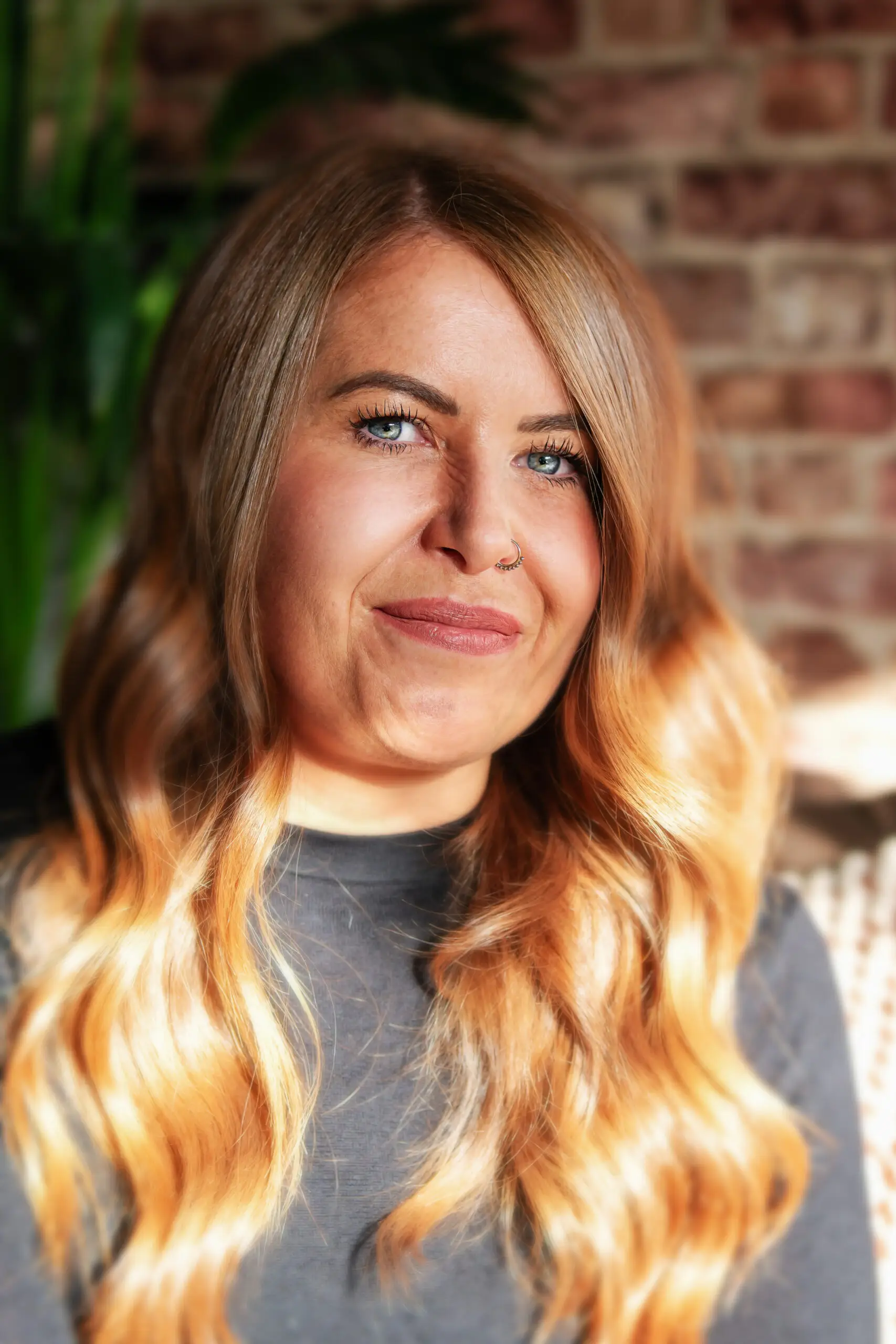I see him leaning against a wall, the kind of relaxed posture that suggests he’s comfortable in his own skin. His eyes are steady, the kind that have seen a lot but don’t give it all away at once.
I explain the project — photographing people who’ve been homeless and people who haven’t, to show that you can’t tell from a face alone. He nods and says, “I’ve been there twice.” Then he tells me about the marriage ending, the injury, and how quickly things unraveled each time.
There’s no drama in the way he speaks — just a clear, matter-of-fact telling of events. He’s back indoors now, and I can tell he values it more than most.
I take the shot. The light catches the lines on his face, the quiet resilience in his eyes. It’s the kind of portrait that will make people pause, look again, and maybe start thinking differently about who “looks” homeless.

